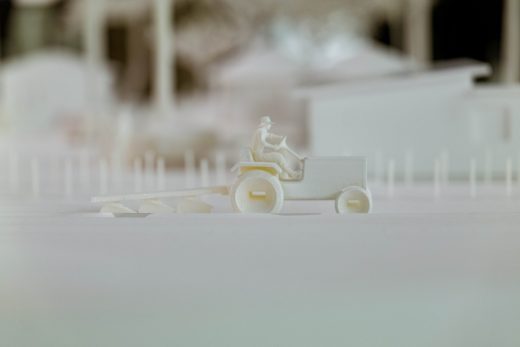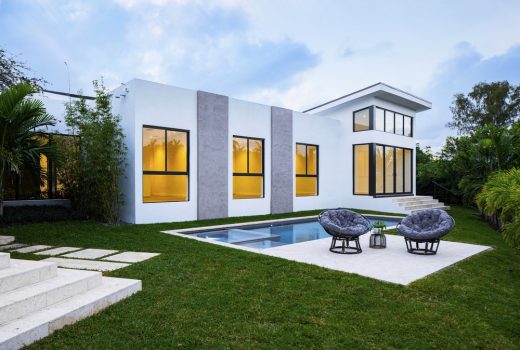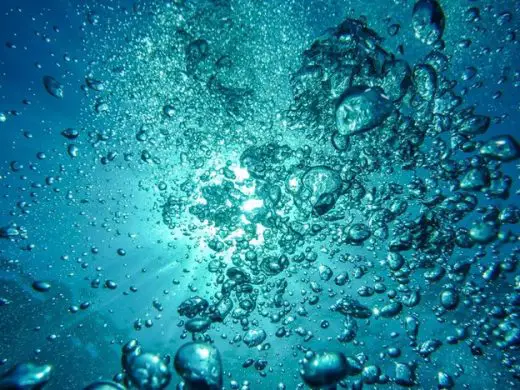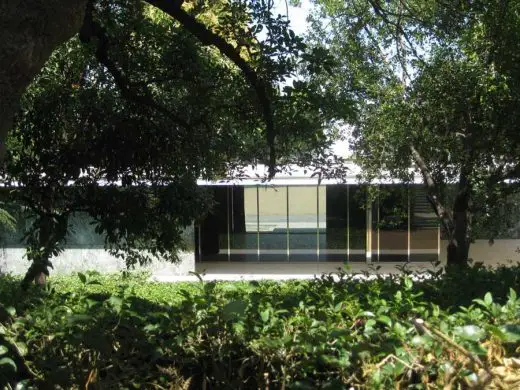Guide To Important Differences Among Air Purity Devices You Need to Know, Building ventilation advice
Important Differences Among Air Purifying Tools You Need to Know
17 Dec 2020
Levels of air pollution are higher than they have ever been the world over. Studies and research have gone into air pollution and a strong link between respiratory disease and pollution has been established. Because of this, throughout the world, people are investing in air purifying tools to ensure that they do not fall victim to heightened levels of air pollution, and so to improve the health of their lungs, and reduce the likelihood of developing lung diseases associated with pollution, whether it be indoor or outdoor.
There are a large variety of different air purifying tools, which is why we have written this article that will tell you the important differences among them, to make your life easier when it comes to you buying an air purifier.
If you have not yet decided upon investing in an air purifier, then we recommend that you do. Air pollution can wreak havoc on your body and you will not even know that it is doing so. You need only have your windows open and have car exhaust drift in on the breeze to be exposed to air pollutants. You can also have very serious indoor pollutants, such as mold and mildew; the only solution is air purifiers.
Here are the important differences between tools that you need to know.
HEPA
HEPA, which is an acronym for High-Efficiency Particulate Air, is a technology that is used to filter particles out of the air. HEPA filters are a very important component of most air scrubbers and ensure high-quality air restoration with air scrubbers so you can breathe easier. HEPA filters are required to meet a standard of particle trapping of, at the minimum, 99.97% for any particles larger than 0.3 microns.
To put that into perspective, the human eye can only perceive microns that are larger than ten microns. This means that, in your HEPA filter, there can be mold, bacteria, and chemicals that you cannot see, simply because they are too small. HEPA filters create a better breathing environment and purify the air, and additionally, they do not create ozone or anything else that is harmful.
HEPA filters are fiber-like materials that are folded back to mimic the shape of an accordion. This shape facilitates a maze of fibers, which create a surface for air to be pushed through by the air purifier’s fan. Air has to be passed through the HEPA filter for it to be cleaned. The more that is passed through, the cleaner it will become. Over time, your HEPA filter will fill up, and you will have to have it replaced, but that will not take place for at least a year or two.
UV Filters
UV filters have become incredibly popular in recent years and they are being used in hospitals, doctor’s surgeries, and even in homes to remove pollutants. UV, which stands for ultraviolet, is most often a component in air filters introduced to ensure the likelihood of completely removing toxins from the air. They quite often have ultraviolet lamps installed, so that when microorganisms and pollutants pass through the machine, that the UV rays eliminate them and ensure re-contamination cannot occur.
Ultraviolet air purifiers are very effective at eliminating viruses, germs, and bacteria from a room’s air supply. However, they are not effective alone and cannot be used without filter systems, for pollutants are able to avoid the UV through shaded areas. Because of this, the pollutants are filtered first through a HEPA filter, or another type of filter, then passed through an ultraviolet filter.
Carbon Filters
Carbon filters, which are constructed from activated carbon – which is processed to make it porous and give it a large surface area to absorb pollutants – are very powerful air purifiers. Activated carbon usage can be traced back to the early 1900s, where it was used to filter water, as well as being used to protect soldiers from harmful gasses on the battlefield, so was used in gas masks.
These filters have pores with high absorbent and chemical bonding ability, which ensures that they are very effective in trapping pollutants, whatever they may be. Carbon filters are used to trap chemicals, gases, bad smells, smoke, and mold. Once a carbon filter has trapped pollutants, it does not release them back into the space, which ensures that the air cannot be re-contaminated.
The main indoor pollutants are mold, pollen, dander, and dust, and they can be very irritating to the respiratory system. Activated carbon filters are very effective in eliminating these particles, which can improve the overall quality of the air in the room that they are used in. They can also remove VOCs (Volatile Organic Compounds), as well as fumes from cooking.
These filters are a very effective tool in reducing contamination in our homes. With that said, however, they are not as effective as HEPA filters, or other types of filters yet to be mentioned on our page. They are significantly less efficient at removing allergens from the air and have limitations that other filters do not.
Ozone Filters
Ozone purifiers create the gas ozone intentionally to eliminate toxins. The use of these filters is questioned nowadays, for many believe them to be very unsafe, however, manufacturers of these machines state that they are perfectly safe for public use and that the ozone levels produced are not significant enough to cause problems. Exposure to ozone can cause scarring on the lungs and other respiratory conditions.
With that said, there are many different types of ozone air purifiers available on the market, and each one varies in the levels of ozone that it produces. The problem with these machines, aside from potential ozone exposure, is that the chemicals found in your home can take years to react with the ozone, which can render them virtually useless. Ozone purifier usage is slowly fading out because of the problems associated with them.
With the help of this page, you now know the differences between a few of the most popular types of products, as well as their uses. They can be a great tool in combating air pollution, and if you have not yet invested in one, it may be time for you to do so. We hope you enjoyed the read.
Comments on this Important differences among air purification tools article are welcome.
Air Conditioners
Air Conditioners Posts
5 great advice from top rated HVAC contractor
Buildings
Contemporary Architecture Articles
Rural Mobility, 1071 5th Ave, New York, NY 10128
Curators: AMO in partnership with Volkswagen

photo © Philipp Gladsome
Rural Mobility Exhibition at the Guggenheim, New York City
Enchanted Point Residence, Miami, FL, USA
Architects: SDH Studio Architecture + Design

photograph : David Hernandez
Enchanted Point Residence in Miami
Comments / photos for the Important differences among air purity tools aadvice page welcome








